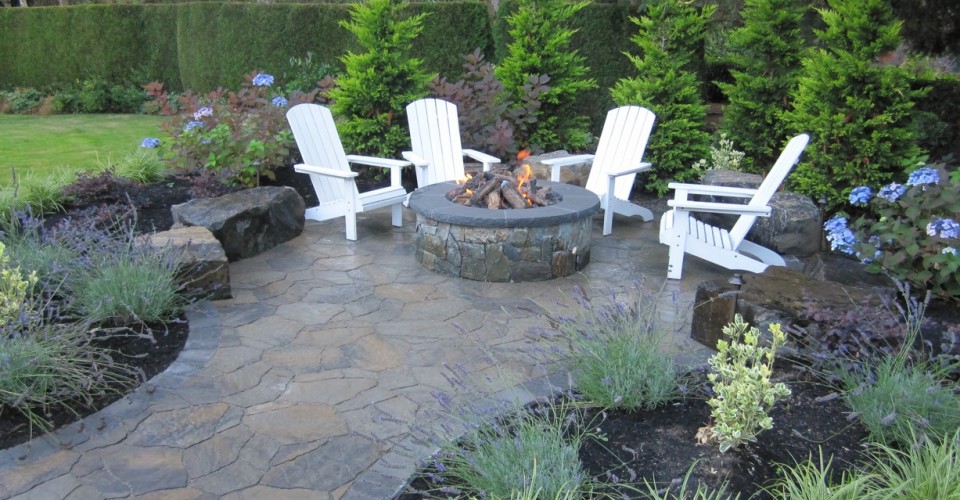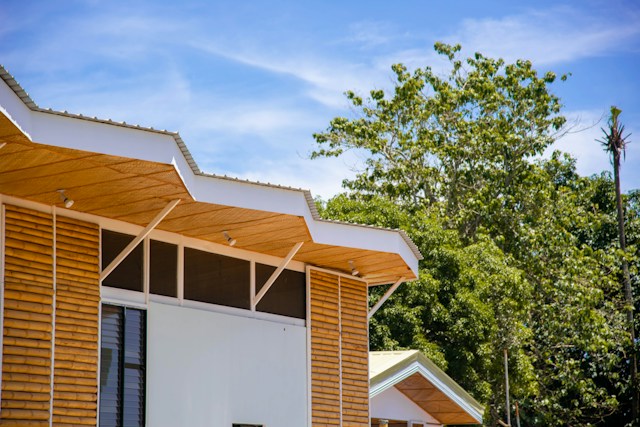I am a first-time homeowner and I really want to start transforming my yard. What’s the best way to plan my summer garden now?
Congratulations on your new home! It’s fun to be in a new space, but it can also be overwhelming. Although I’m sure most of us would love to simply hire a landscape architect and turn our backyards into a dream space, that plan doesn’t always fit within our budget. And to be honest, most homeowners find that investing in their yard, and working on it slowly over time, is a great way to get your hands dirty and learn your space.
Master gardeners and home experts are always thinking of their garden, even when it’s covered in snow. Winter can be the best time of year to get prepared “behind the scenes” and do some planning. I know what it’s like to feel overwhelmed with your yard and it’s not always easy to know where to begin. Unlike our interiors, change in the yard can be slow, and it can be frustrating planting flowers or shrubs only to have them wilt or die. But on the other hand, working in the yard can be therapeutic and mistakes can be easily turned into successes. Let’s walk through some great winter ideas for planning your new yard.
Get inspired online
There are so many great resources for your yard online. You can browse through landscape projects, scrapbook your favorite ideas, and search for professionals that you might want to hire (like lawn care specialists, irrigation specialists, or tree specialists). If you’re interested in specialty plants like roses or vegetables, researching what types of plants thrive in your plant zone is key. Research before you buy, make some lists and get your plans in place.
Do some hands-on research
Winter and spring are prime months for local flower and garden shows (read our tips here for getting the most out of visiting a show). These are perfect places for getting inspired by unique garden designs, asking questions from the vendors, finding out about new products or perhaps purchasing unique bulbs and plants. If you have specific issues or questions about your yard, take a few photos and bring them with you. The vendors exhibiting at these shows can give you some great free advice and this is the perfect opportunity to actually schedule an on-site visit from a pro. Additionally, your local garden show might feature lectures and classes from master gardeners or garden club experts – what a great opportunity to gain insight and get inspired!
Which areas of the yard to work in first
Even if your yard is small, it might be easiest to plan out and work in zones. It might simply be a matter of dividing your yard into back, front or side or you might be more specific like “yard near the back stairs” or “area next to the front door.” You might not be able to afford to redo your whole yard – many homeowners work on their yards for decades. Long ago an expert advised me to simply start with the areas closest to the house, like the areas right in front of your windows. These are the areas you tend to notice all the time. Once you’ve planned out those regions, start moving outward to the areas you use or look at the most.
Keep a record of what you’re planting
Once you’ve purchased plants or seeds and started planting them, hold on to any information that came with that plant. Some gardeners keep a garden journal, really a place to keep track of what was planted where. You’ll also want to refer to these info cards for watering details, pruning suggestions or fertilization. Here’s an article about how to start a garden journal.
Get your tools prepped
When the weather is not great for visiting a nursery or working in the yard, make sure your tools are cleaned and ready to go. Winter is a great time to oil wooden handles, sharpen edges, clean and organize your tools, or perhaps invest in a few new tools. Good quality garden tools should last years and taking good care of them will only make your work in the garden easier.
Be water conscious
In addition to being aware of your landscape budget this season, be aware of your planned water expenditure as well. New plants tend to need more water than established plants, and certain species (like grass lawns) need lots of water to survive the summer. Even if you live in a wet climate, it’s smart to group plants together based on their water needs, this will help you save money and time when watering. You can also invest in a drip irrigation system or install a sprinkler system. Whatever you plan for your garden, consider these water-saving tips for your yard.
Another great way to be water conscious is to start with healthy soil. Adding compost to your soil before planting will mean that your plants get the nutrients they need. Mulch helps retain water and can keep weeds at bay. If you don’t compost already, starting your own pile is really easy. Read all about composting here.
Top image credit: Alderwood Landscaping




